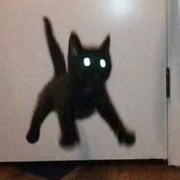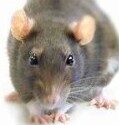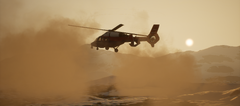- 6 replies
- 1,784 views
- Add Reply
- 5 replies
- 1,781 views
- Add Reply
- 5 replies
- 1,937 views
- Add Reply
- 8 replies
- 2,750 views
- Add Reply
- 1 reply
- 1,453 views
- Add Reply
- 1 reply
- 1,632 views
- Add Reply
Flames Roar in San Bruno, California

By ONETINSOLDIER,
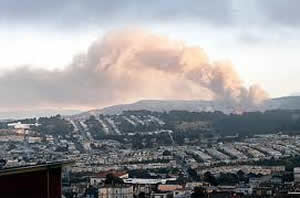

Bad news in the bay area, no details, happening as i type this.
R.I.P. to those lost.
F-35 engine fight gives rivals sense of deja vu

By Fates,
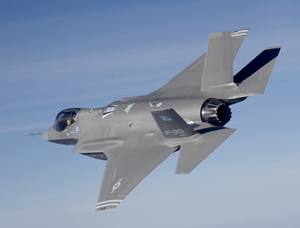

For years, top U.S. Defense Department officials have tried to cancel the F136 engine being developed by GE and Britain's Rolls-Royce Group PLC (RR.L) as an alternative to the F135 engine built by Pratt & Whitney, a unit of United Technologies Corp (UTX.N). Then each year, Congress has defied veto threats and White House pressure to keep the program alive.
The struggle has taken on new significance this year, amid a major Pentagon cost-cutting push and growing concern among lawmakers abo
Wind Farms Disturbing Radar?

By Fates,
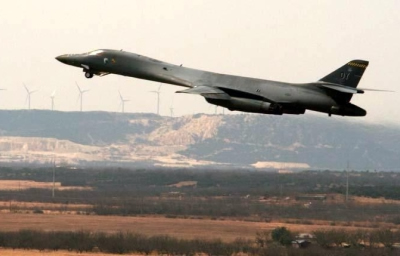

Emerging technology can ease the problem of wind farms causing interference with air-traffic control systems. But deployment of that technology in the U.S. has been slowed by questions over authority and cost.
Since 2006, radar maker Raytheon and National Air Traffic Services, which provides air traffic control in the U.K., have been working on a project to upgrade air traffic radar so it can distinguish between aircraft and wind turbines' spinning blades. Concerns over the disturbances turb
UPS cargo plane crashes near Dubai airport

By FastCargo,


Yahoo News
By BRIAN MURPHY, Associated Press Writer – Fri Sep 3, 5:08 pm ET
DUBAI, United Arab Emirates – A UPS cargo plane with two crew members on board crashed shortly after takeoff Friday outside Dubai, officials said.
The state news agency WAM, quoting the General Civil Aviation Authority, reported that the "bodies of two pilots" had been found at the scene, but UPS did not confirm that.
The plane went down inside an Emirati air base near a busy highway intersection about 1
Hawk Advanced Jet Trainer Offers Strong Bilateral Economic Benefits
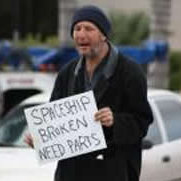
By Erik,
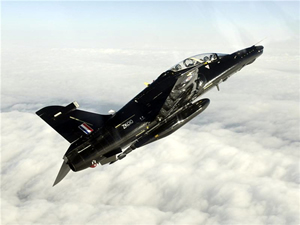

Hawk Advanced Jet Trainer Offers Strong Bilateral Economic Benefits
Defence Professionals -- 16:14 GMT, September 1, 2010
WARSAW, Poland | Poland’s plans to procure a new advanced jet training system can act as a catalyst for Polish industry in a number of industrial sectors, not just in aerospace and defence, according to Alan Garwood, group business development director at BAE Systems - the world’s second largest defence, security and aerospace company.
Speaking ahead of his comp
F-22 Raptor fleet consolidated

By Erik,


F-22 Raptor fleet consolidated
Examiner -- By Pierre A. Kandorfer
The US Air Force is in the process of redistributing the F-22 flight squadrons. The Secretary of the Air Force and the chief of staff of the Air Force determined the most effective basing for the F-22.
This requires redistributing aircraft from one F-22 squadron to units at four F-22 bases. A second squadron will be relocated to an existing F-22 base.
The affected Air Force bases are:
• Holloman Ai



